
Architect Martin Rajniš nominated for the August Perret Award
Source
Krištof Krebs, Huť Architektury Martina Rajniše
Krištof Krebs, Huť Architektury Martina Rajniše
Publisher
Tisková zpráva
21.04.2023 12:55
Tisková zpráva
21.04.2023 12:55
Martin Rajniš
Huť architektury Martin Rajniš
Czech architect Prof. Ing. arch. Martin Rajniš (1944) has been nominated for the international Auguste Perret Prize - a prestigious award given by the International Union of Architects (UIA) and named after the French architect and builder Auguste Perret. It decorates architects who have achieved international acclaim for their contributions and exceptional construction and building quality of their works, or who utilize modern technologies in their designs. The prize was first awarded in 1961 to Mexican architect Félix Candela, and since then, architects have been honored at regular three-year (formerly two-year until 1969) intervals.
To date, the only Czech architect awarded this honor was Karel Hubáček, in 1969 for the television transmitter and hotel at Ještěd.
Martin Rajniš (* May 16, 1944, Prague) is a Czech architect, co-founder of the Czech Chamber of Architects, and founder of the studio Huť architektury Martin Rajniš. He graduated from ČVUT (1962-1969) and subsequently pursued postgraduate studies at AVU. His successful construction career has lasted over half a century.
Rajniš's work was characterized during its time by the modernist high-tech style of the SIAL studio, of which he was a member and that was led by Karel Hubáček. Among the prominent buildings designed by Rajniš during this period is, for example, the Máj department store. In the 1980s, Rajniš realized international exhibitions (winning the award for the best pavilion at EXPO 86 in Vancouver, Canada). In the period following the Velvet Revolution, he focused primarily on large projects in Prague - together with colleagues, he shaped the entire Anděl district in Prague's Smíchov. In 1993, he was appointed professor and led studios at the AAAD in Prague and at the Technical University in Liberec.
Between 1996 and 2000, Rajniš paused his professional career and spent his time traveling, mostly at sea, across four continents.
After 2000, Rajniš returned to architecture, this time leaning towards structural and aesthetic use of primarily wood and stone, and began to focus on experimental buildings. During this period, Rajniš designed structures inspired by biological and geological natural forms, known as "natural architecture" and "green residential landscapes." Notable works from this period include the new Post Office on Sněžka, a series of lookouts (Doubravka XIV, Bára, Ester, Maják and the museum of Jára Cimrman) or the airship Gulliver at the DOX Centre for Contemporary Art.
For almost 20 years, Martin Rajniš has been working in the Huť architektury with a group of young people, collectively intensively exploring new paths in urbanism, construction, and design. Their buildings merge with nature, as they attempt to formulate rules for creating an environment that is natural for people.
Martin Rajniš has also authored several books. He wrote an autobiography titled "Twenty-Five Thousand Days of Memories," which has also been translated into English. It includes memories not only of an architect but also of a traveler whose life has been full of twists, successes, and failures. He sees himself as an "enfant terrible," eager to convince readers that even a “nobody” can achieve something great in life.
His latest significant literary work is a comprehensive extensive monograph "Huť architektury Martin Rajniš," with over 500 pages of large format, capturing the development of Martin Rajniš's work and that of his colleagues over the last twenty years.
To date, the only Czech architect awarded this honor was Karel Hubáček, in 1969 for the television transmitter and hotel at Ještěd.
Martin Rajniš (* May 16, 1944, Prague) is a Czech architect, co-founder of the Czech Chamber of Architects, and founder of the studio Huť architektury Martin Rajniš. He graduated from ČVUT (1962-1969) and subsequently pursued postgraduate studies at AVU. His successful construction career has lasted over half a century.
Rajniš's work was characterized during its time by the modernist high-tech style of the SIAL studio, of which he was a member and that was led by Karel Hubáček. Among the prominent buildings designed by Rajniš during this period is, for example, the Máj department store. In the 1980s, Rajniš realized international exhibitions (winning the award for the best pavilion at EXPO 86 in Vancouver, Canada). In the period following the Velvet Revolution, he focused primarily on large projects in Prague - together with colleagues, he shaped the entire Anděl district in Prague's Smíchov. In 1993, he was appointed professor and led studios at the AAAD in Prague and at the Technical University in Liberec.
Between 1996 and 2000, Rajniš paused his professional career and spent his time traveling, mostly at sea, across four continents.
After 2000, Rajniš returned to architecture, this time leaning towards structural and aesthetic use of primarily wood and stone, and began to focus on experimental buildings. During this period, Rajniš designed structures inspired by biological and geological natural forms, known as "natural architecture" and "green residential landscapes." Notable works from this period include the new Post Office on Sněžka, a series of lookouts (Doubravka XIV, Bára, Ester, Maják and the museum of Jára Cimrman) or the airship Gulliver at the DOX Centre for Contemporary Art.
For almost 20 years, Martin Rajniš has been working in the Huť architektury with a group of young people, collectively intensively exploring new paths in urbanism, construction, and design. Their buildings merge with nature, as they attempt to formulate rules for creating an environment that is natural for people.
Martin Rajniš has also authored several books. He wrote an autobiography titled "Twenty-Five Thousand Days of Memories," which has also been translated into English. It includes memories not only of an architect but also of a traveler whose life has been full of twists, successes, and failures. He sees himself as an "enfant terrible," eager to convince readers that even a “nobody” can achieve something great in life.
His latest significant literary work is a comprehensive extensive monograph "Huť architektury Martin Rajniš," with over 500 pages of large format, capturing the development of Martin Rajniš's work and that of his colleagues over the last twenty years.
The English translation is powered by AI tool. Switch to Czech to view the original text source.
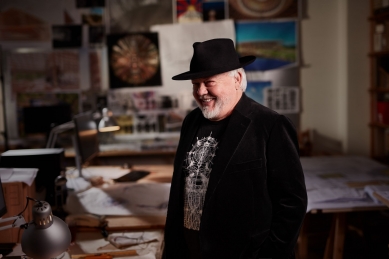
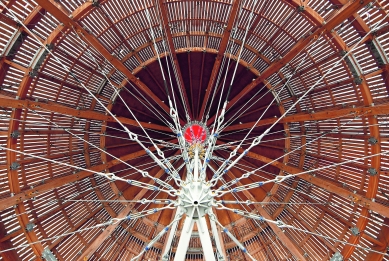
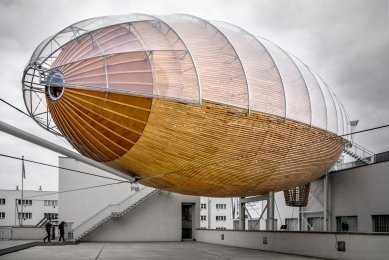

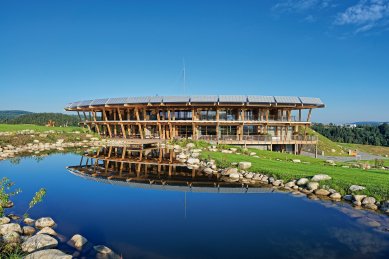
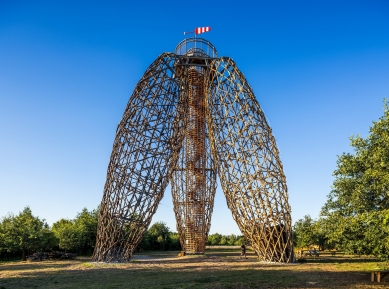
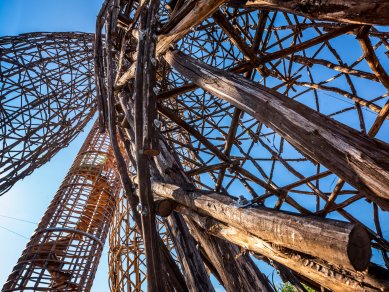
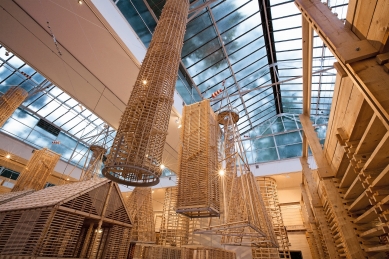

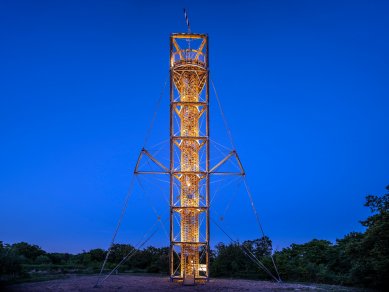
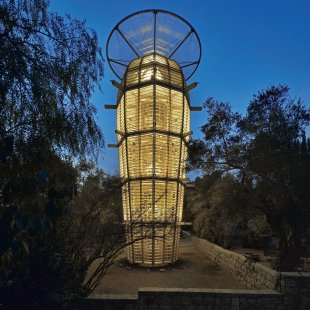
0 comments
add comment
Related articles
0
14.05.2024 | Architect Martin Rajniš celebrates a milestone birthday
0
18.06.2022 | Architect Martin Rajniš in two new books - book launch at DOX
0
31.05.2018 | In memory of Rajniš and Fuchs, with respect to the Chamber of Architects
0
04.06.2014 | <!DOCTYPE html>
<html lang="en">
<head>
<meta charset="UTF-8">
<meta name="viewport" content="width=device-width, initial-scale=1.0">
<title>Translation</title>
</head>
<body>
<p>Architect Martin Rajniš won an award for sustainable architecture.</p>
</body>
</html>






